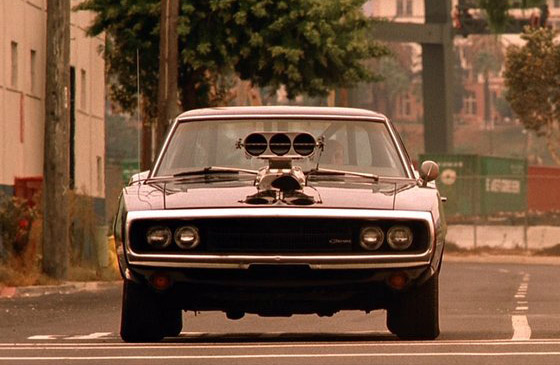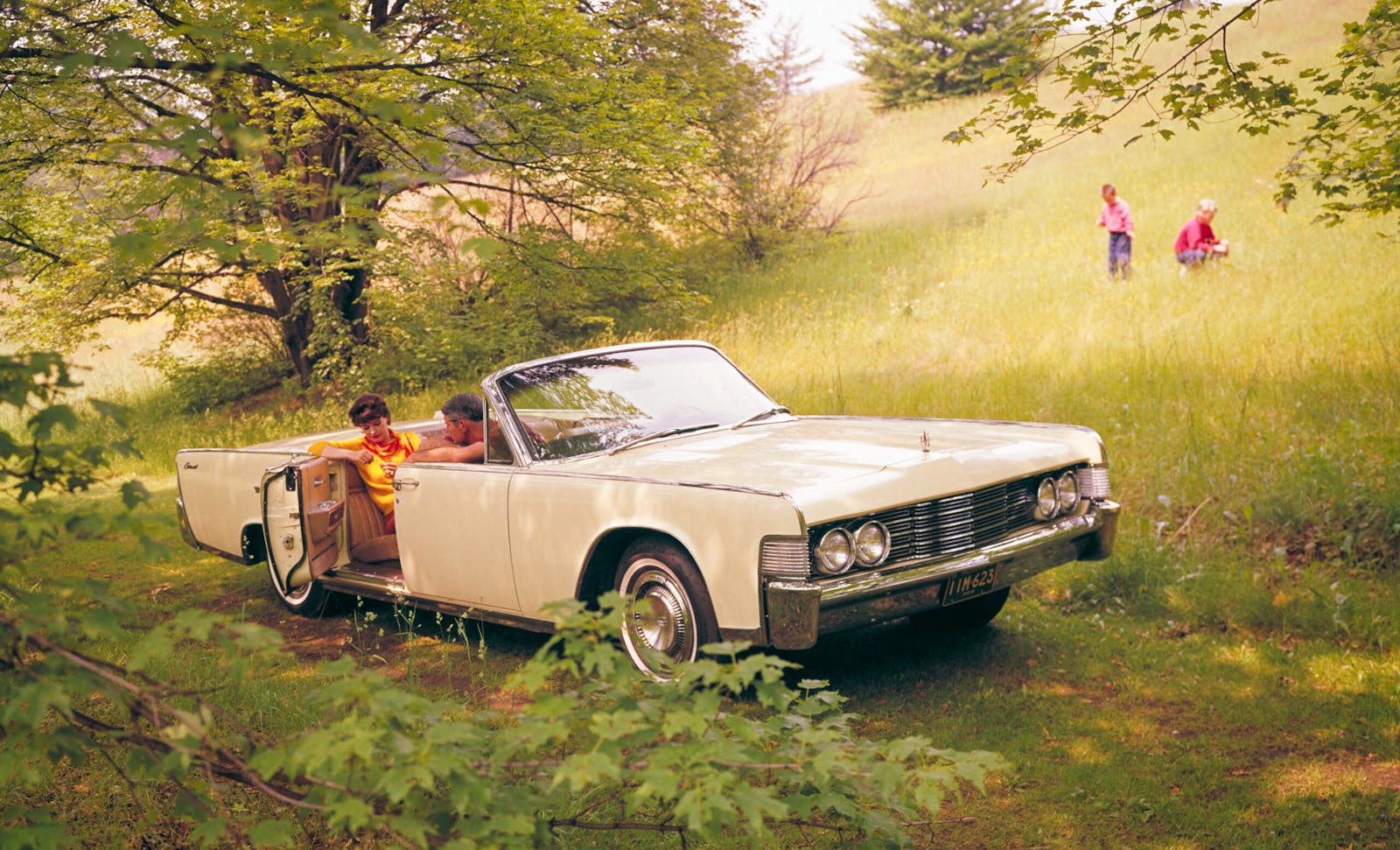Media | Articles
The Fast and Furious Effect: What are Dom and Brian’s star cars worth today?
Brian Earl Spilner sounds like a serial killer’s name, but Paul Walker’s role in the original The Fast and Furious film helped launch the tuner car scene into the stratosphere when it arrived in theatres in 2001. Though it was, arguably, a latecomer in depicting the import crowd (which had enjoyed its first golden age just prior to the movie’s release), the resounding popularity of the series catapulted Japanese sports cars and compacts into mainstream American pop culture.
As with all things automotive, interest in 1990s–2000s import performance has ebbed and flowed since The Fast and the Furious first made its mark. Many of the early players in the tuning world have moved up from the entry-level speed platforms, and eventually graduating to BMW M3s, Porsche 911s, or Nissan GT-Rs.
Still, many of those who came of age at the turn of the millennium have arrived at the point where nostalgia matches disposable income. As a result, the thirst to conjure their youthful days with glistening paint, massive wings, and noisy blow-off valves waxes strong.
That got us thinking: What effect has the popularity of Dom, Brian, and the Furious family had on the prices of the star cars from the 2001 flick? We dug down into the data here at Hagerty to get a feel for The Fast and Furious Effect and its influence on the collector vehicles from the scenes it immortalized.
Marketplace
Buy and sell classics with confidence
Keep in mind that these values are for strong #2 (excellent) condition cars, and we haven’t adjusted for inflation (roughly 44 percent since 2001). We’re talking strictly window sticker here: what you would have forked over in 2001, and what you’d have to plunk down today.
I don’t have friends, I have family… sedans

Perhaps most predictably, the weakest performers among Fast and Furious alumni are the four-door sedans. Only two see significant screen time in the franchise’s first installment.
The first is a 1999 Nissan Maxima driven by Toretto gang member Vince (Matt Schulze). It’s most visible when the entire gang rolls up to the family’s grocery store, and then again later when Vince peels out in a fit of pique at a barbecue. Using a 2001 value of $17,800 (based on likely depreciation from its $23,499 as-new price), that stalwart family car has seen 75 percent of its value slashed since its big break.
A more prominent four-door was the 1995 Volkswagen Jetta GLS driven by Jesse (Chad Lindberg), who pits it against antagonist Jonny Tran in an ill-fated drag race during a pivotal second-act scene. Time has been much gentler on the Jetta GLS, with its already-reduced $8800 price tag in 2001 now showing as $8250 on the current market—a drop of only 6.3 percent. Still, given the near-ubiquity of this car, and the general lack of interest shown towards it in import circles, we’re unwilling to attribute its success at holding the line to its FATF role.
Bit players

The Fast and the Furious franchise featured more than a few interesting automobiles that were used either as window dressing for specific scenes, or in small, though pivotal, roles.
The 1999 Ford F-150 SVT Lightning driven by main character Brian (the previously-mentioned Paul Walker) was an over-fast parts mule that nevertheless has managed to climb 11.3 percent from its 2001 value of $22,200. The blink-and-you’ll-miss-it 1995 Nissan Skyline GT-R R33 driven by Leon (Jonny Strong) in a handful of scenes has gone in the other direction, but only slightly —it’s undergone a 4.0-percent drop to an asking price of $31,500 today.
Another model that’s within spitting distance of its 2001 ask is the 2000 Honda S2000 driven by Tran (Rick Yune) in the desert drag race against Jesse’s Jetta. With values continuing to rise on clean examples, its current $25,000 average price is a drop of just 6.3 percent.
Big stars, and a bigger surprise

The more important the character, the more exclusive their ride in The Fast and Furious universe, and that’s reflected by the pricing of each of these classic import performance cars today.
Brian Spilner starts out behind the wheel of a 1995 Mitsubishi Eclipse GSX, a car that was a linchpin of the scene but now is increasingly difficult to find—a fact represented by a 73.9-percent climb in price to $20,700. Eventually, Paul Walker’s proxy would upgrade to the film’s hero car, a 1994 Toyota Supra Twin-Turbo, a vehicle worth a respectable $20,100 in 2001 which has now soared to an average ask of $76,100. That’s a whopping 278.6-percent increase.
A similar tale is told by the rising values of the two vehicles driven by Spilner’s primary antagonist and eventual BFF, Dominic Toretto (Vin Diesel). His primary drag race ride, a 1993 Mazda RX-7, has climbed from $13,900 in 2001 to $35,000 today (151.8-percent bump), while the menacing black 1970 Dodge Charger that would serve as his steed for the rest of the series has added 206.7 percent to its price, for a 2019 value of $82,800.
The most shocking climb, however, is among the trio of 1993 Honda Civic coupes used by Toretto and company during their daring daylight hijackings. After hitting near rock bottom in 2001 with a street value of $4400, these once-disposable econo-rides are trading hands for an average sum of $13,800. That’s a 213.6-percent increase, and the second-highest climb from the entire Fast and Furious fraternity.
Hitched to a star

Boomer-luring big-block Mopars were bound to rise in value regardless of their talkie tinsel (that already shined under the intense spotlight of Bullitt’s chase scene). Likewise, the Honda S2000’s performance is more likely explained by its enduring cachet among sports car fans, rather than its association with Tran’s scowl.
Still, there are some definite Fast and Furious fortunes to be found here. The most apparent is the Toyota Supra, a vehicle whose already potent 2JZ power potential has been afforded near-mythical status by the film. Next is the Mazda RX-7, a car that has hovered at the edge of collectibility almost since the moment it ceased production in the mid-’90s. Toretto raised its profile considerably within the series, and it would appear later on in sequels in various secondary roles.
Rounding out the list? While it would be tempting to tap the Honda Civic coupe, it feels more reasonable to name-check the legions of B-Series fans rather than neon underglow in its escape from the dregs of the used car lot.
Instead, it’s the Eclipse—that bright green paragon of exploding nitrous oxide—that has reaped considerable benefits from its time in Tinseltown. The misunderstood DSM platform’s third wind blows gently each and every time someone flips on late-night cable and catches the opening scene of what would become an endless profit-generator for a small cadre of creatives spilling their gearhead guts all over the silver screen.









